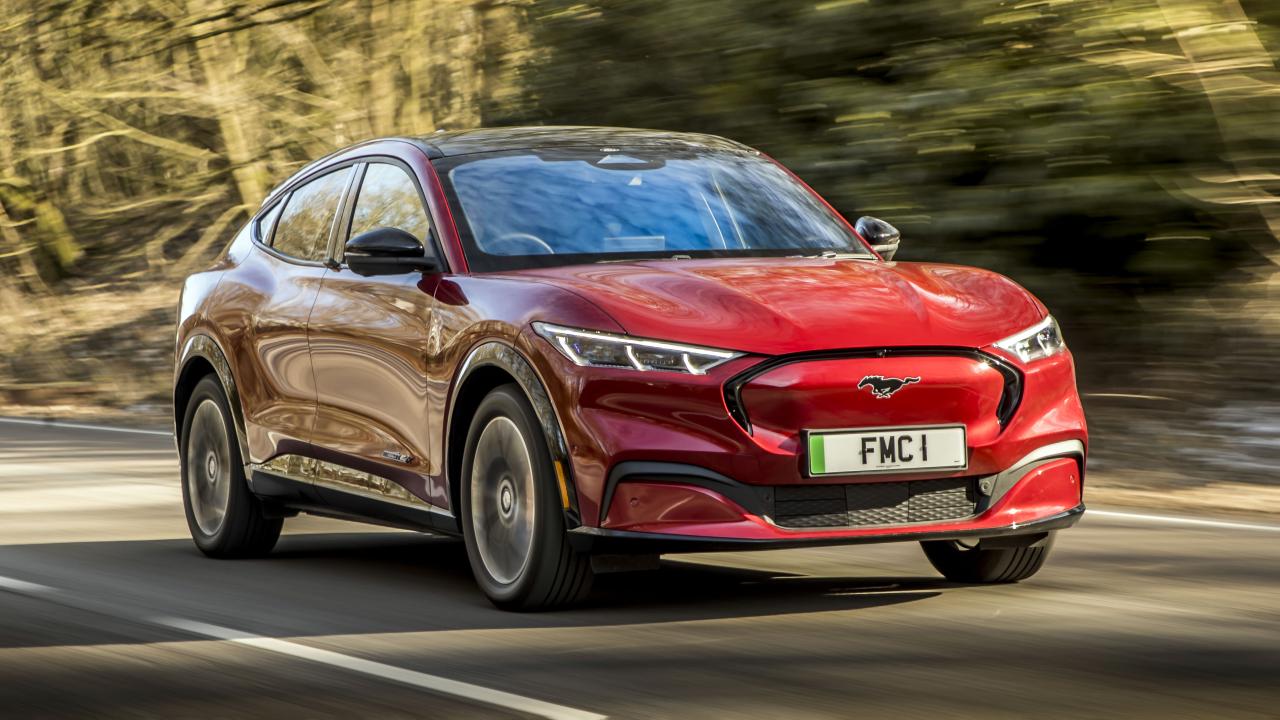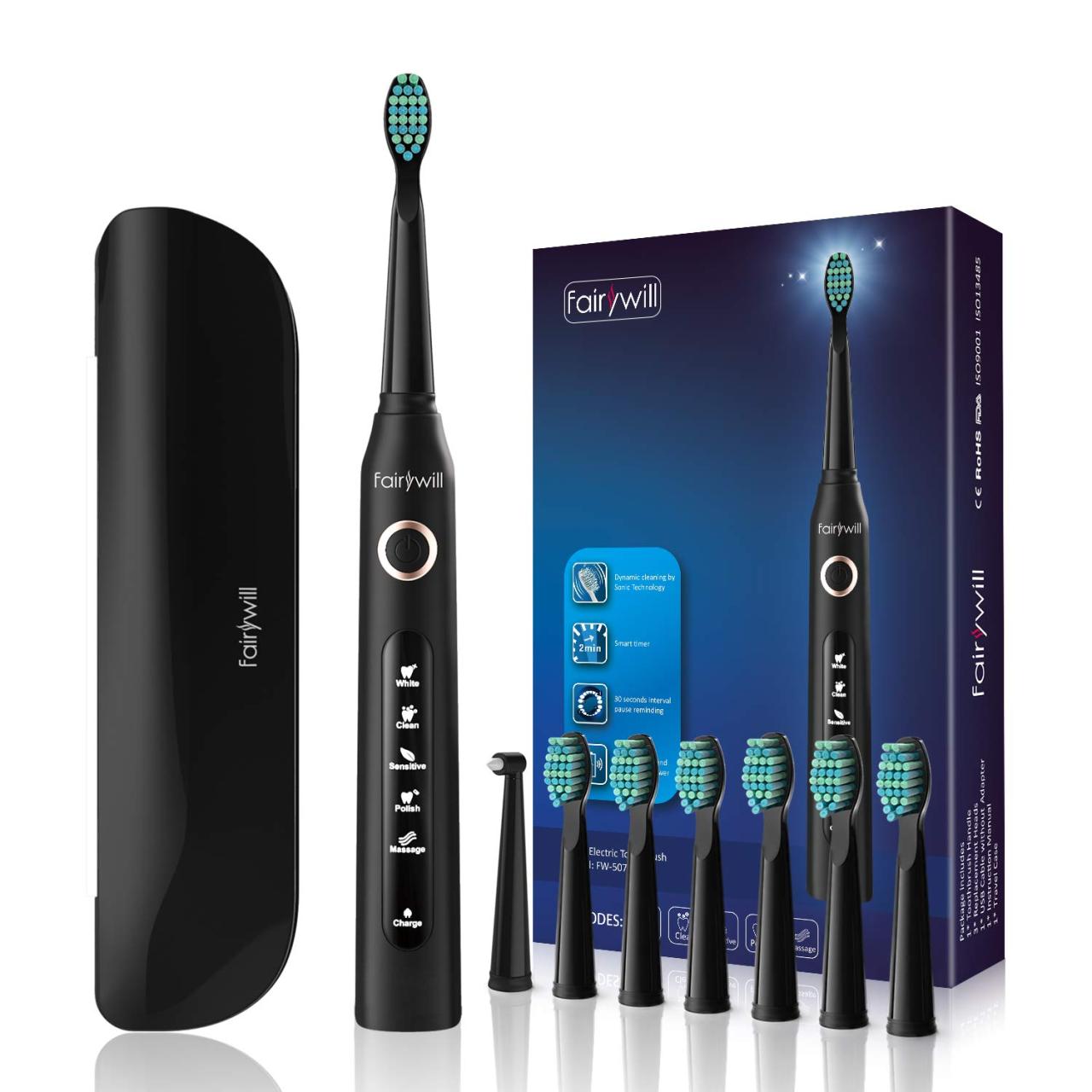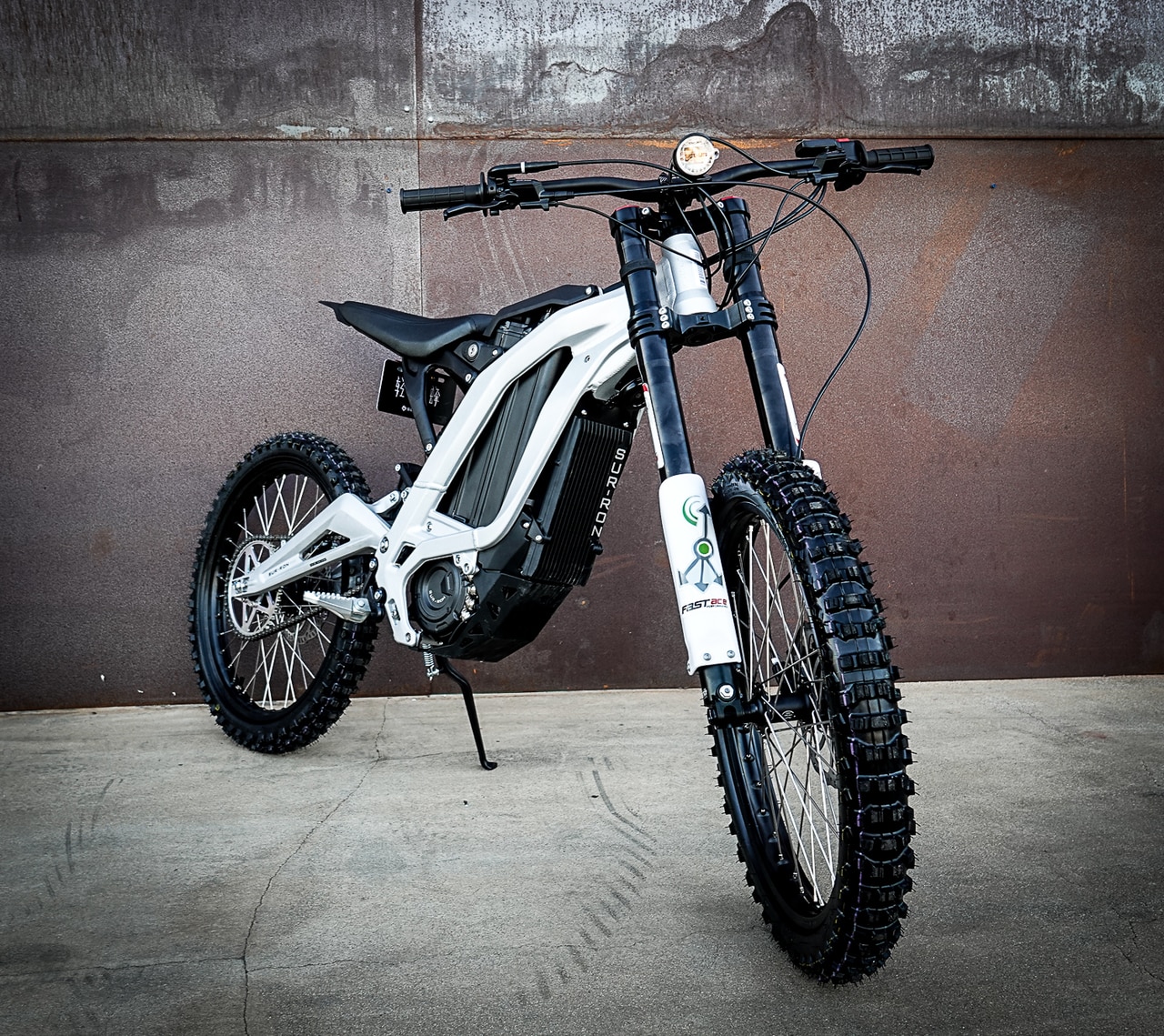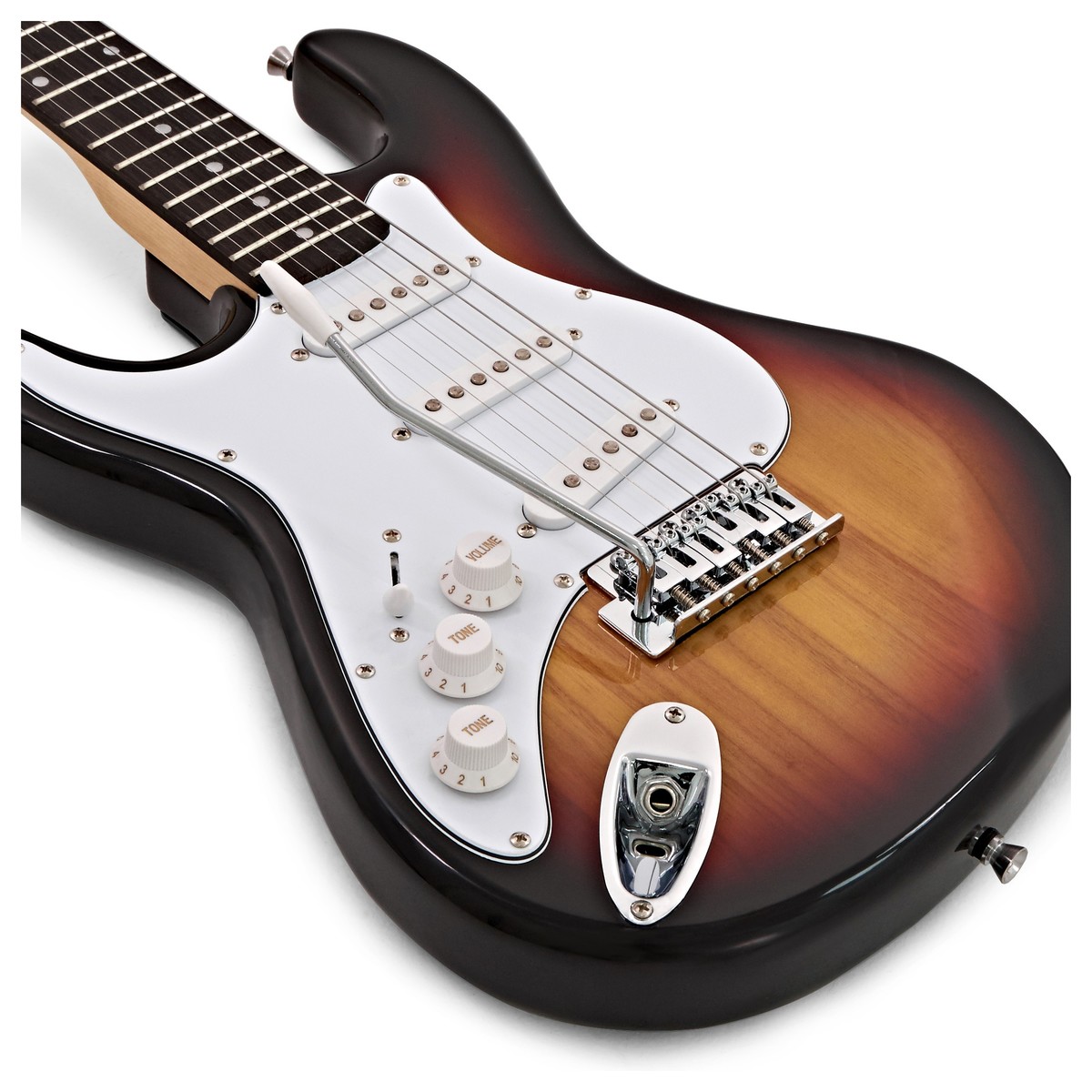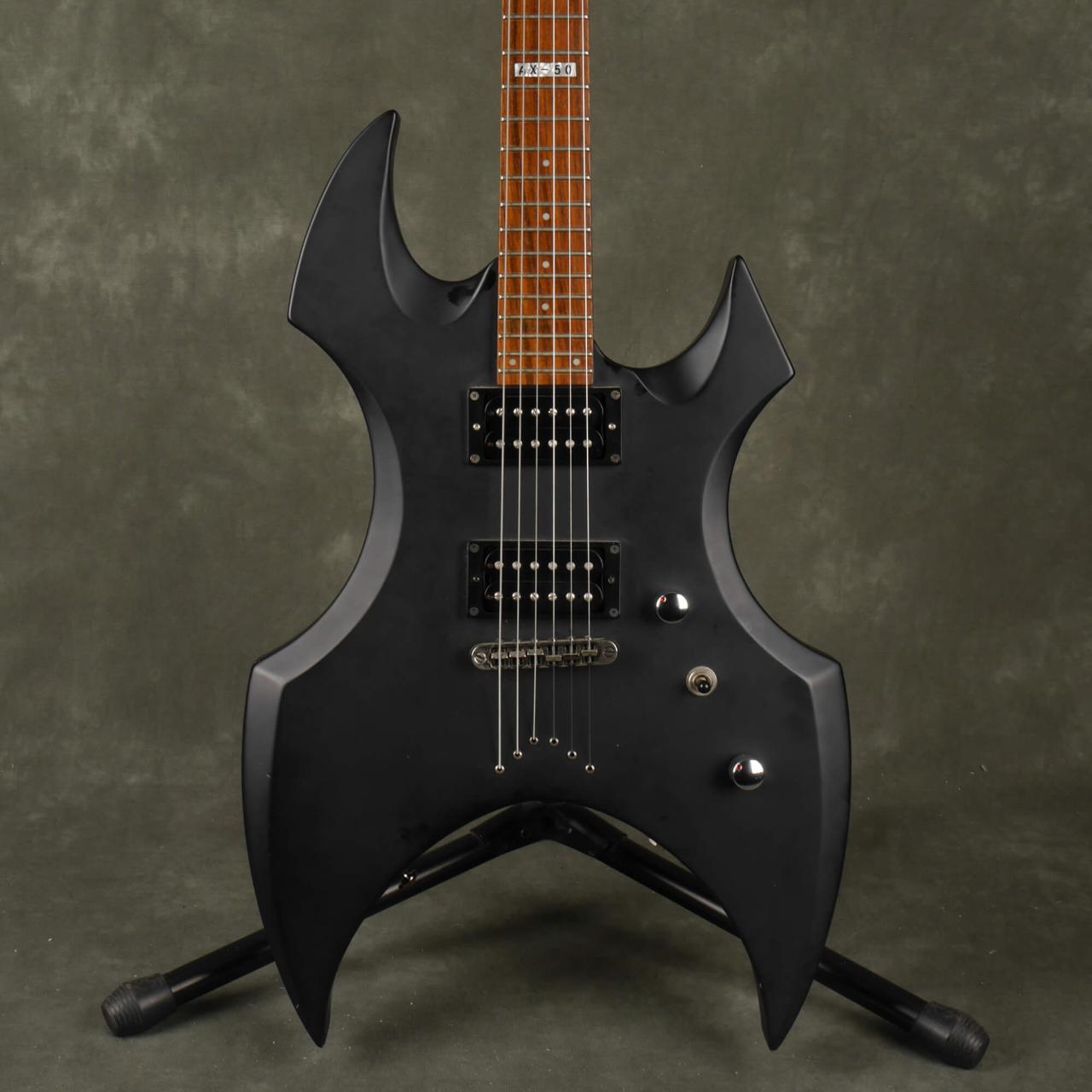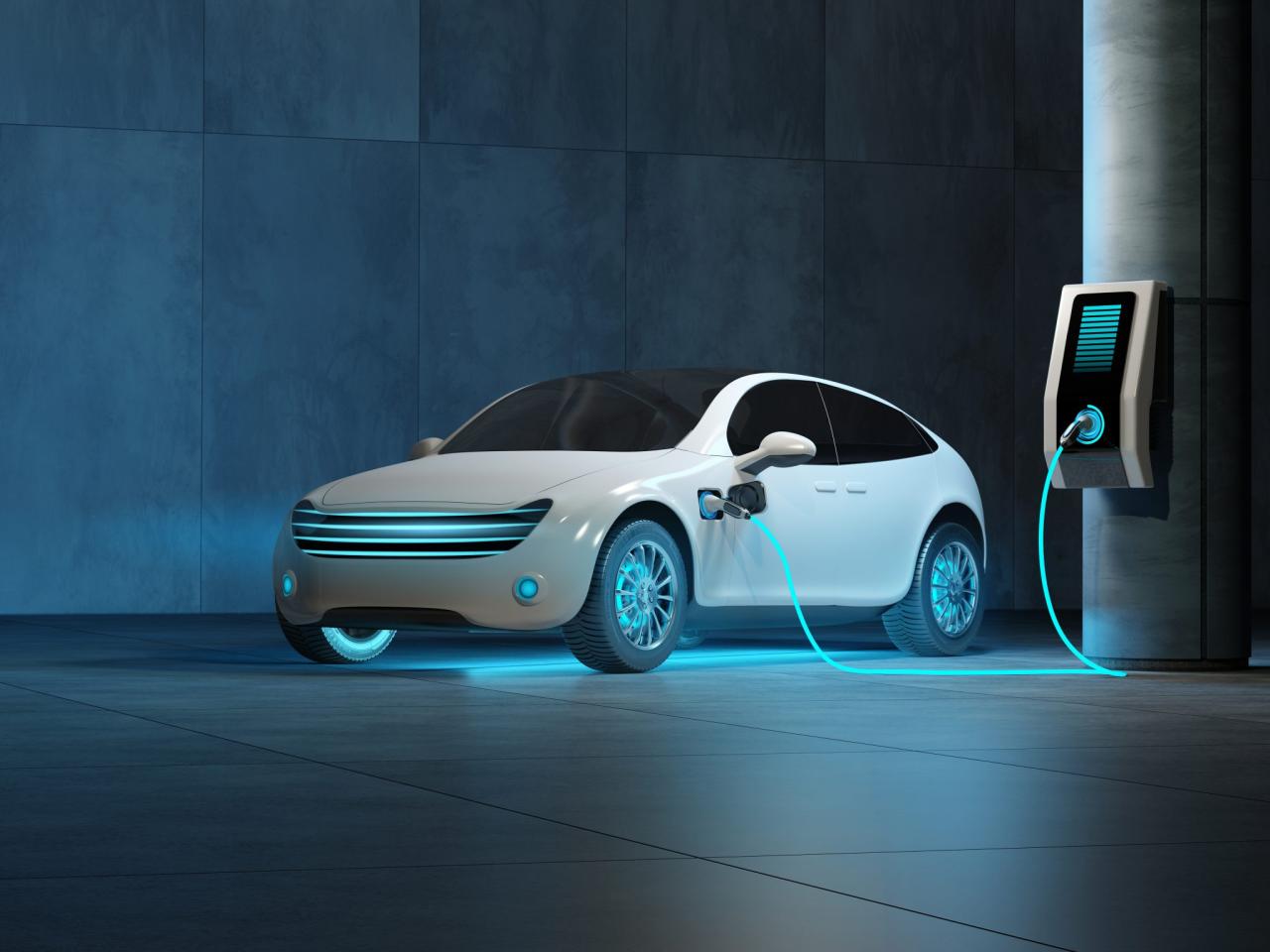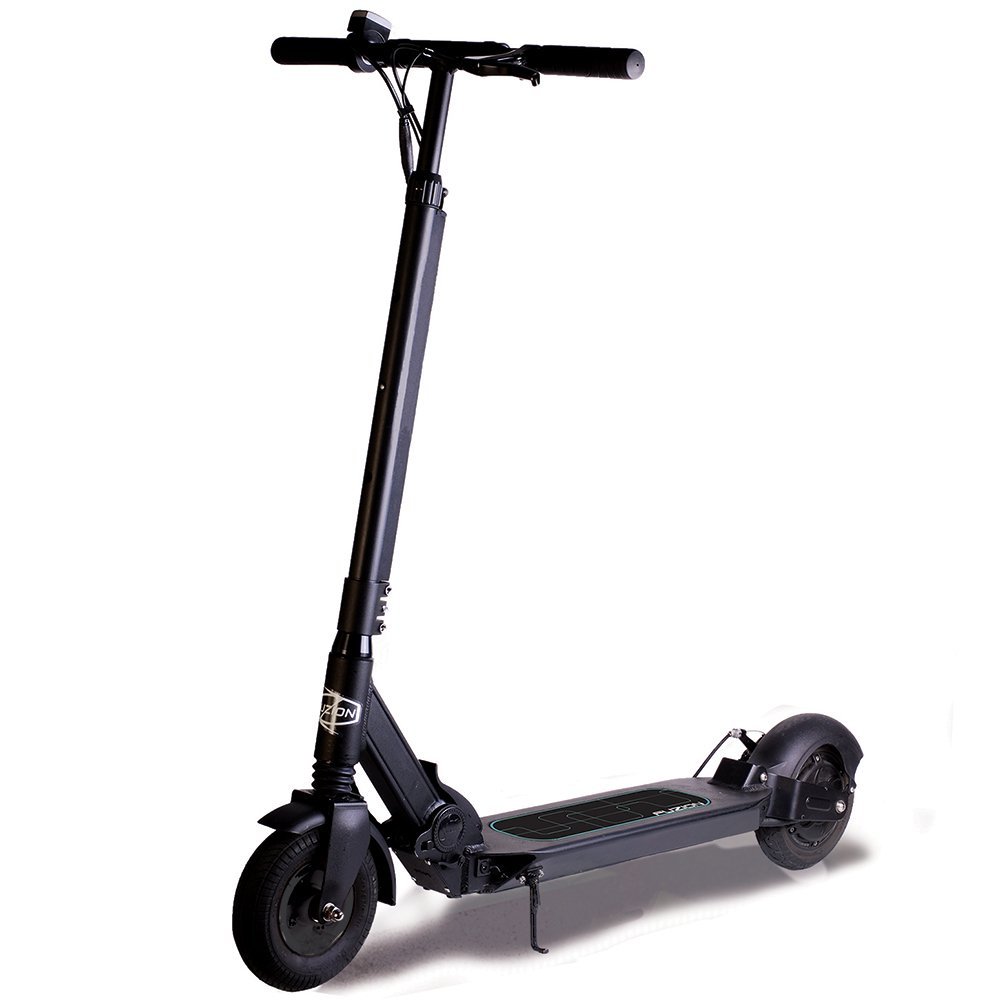Electric Kettles: A Modern Take on a Classic
The humble electric kettle has become a kitchen staple, seamlessly blending convenience and efficiency into our daily routines. But beyond its simple appearance lies a fascinating history and a wealth of technological advancements. From the early days of rudimentary heating elements to today’s smart kettles with app integration, the electric kettle has evolved alongside our evolving needs. This comprehensive guide delves into the world of electric kettles, exploring their types, working principles, and the key considerations when choosing the perfect one for your needs. We’ll also examine the benefits, safety aspects, and compare them to their traditional counterparts, ultimately shedding light on why these modern marvels continue to be indispensable in kitchens worldwide. Introduction to Electric Kettles An electric kettle is a kitchen appliance that heats water quickly and efficiently, making it a popular choice for a variety of tasks, from brewing tea and coffee to preparing instant meals. Its popularity stems from its convenience and speed, which have made it a staple in kitchens worldwide. History and Evolution of Electric Kettles The history of electric kettles dates back to the early 20th century, with the first models appearing in the 1920s. These early kettles were often bulky and inefficient, but they laid the groundwork for the sleek and powerful models we see today. The invention of the immersion heater in the 1930s significantly improved the efficiency of electric kettles, making them more popular among consumers. Over the years, electric kettles have undergone significant improvements in terms of design, functionality, and safety features. Modern kettles are typically made from durable materials like stainless steel and plastic, and they often feature advanced features like temperature control, automatic shut-off, and boil-dry protection. Types of Electric Kettles Electric kettles have evolved beyond the basic boiling function, offering a variety of features and designs to suit diverse needs. From cordless convenience to precise temperature control, the market offers a wide range of options. Understanding the different types of electric kettles and their features can help you choose the perfect one for your home. Classifying Electric Kettles Electric kettles are broadly classified based on their features, design, and intended use. The following table provides a comprehensive overview of the most common types: Kettle Type Features Advantages Disadvantages Cordless Kettle Detachable base, 360° rotation, auto-shutoff Convenience, portability, easy to pour Larger footprint, potential for spills if not handled carefully Variable Temperature Kettle Adjustable temperature settings, pre-programmed settings Precise temperature control for different beverages, optimal brewing for tea, coffee, and other drinks More expensive than basic kettles, may have a steeper learning curve Travel Kettle Compact size, lightweight, often dual voltage Portability, ideal for travel, can be used in hotels and other locations Limited capacity, may not have advanced features Glass Kettle Aesthetically pleasing, visible water level Stylish design, allows monitoring of water level Fragile, may not be suitable for all environments Stainless Steel Kettle Durable, resistant to corrosion, easy to clean Long-lasting, versatile, suitable for various uses May not be as aesthetically pleasing as glass kettles Cordless Kettles Cordless kettles are a popular choice for their convenience and ease of use. The detachable base allows for easy pouring and movement, making them ideal for both countertop and table use. The 360° rotation feature ensures that the kettle can be placed on the base from any angle, while the auto-shutoff function provides safety and prevents overheating. Variable Temperature Kettles Variable temperature kettles offer precise temperature control, allowing users to brew different beverages at their optimal temperatures. These kettles often feature pre-programmed settings for popular beverages like green tea, black tea, and coffee. This level of control enhances the flavor and quality of your drinks. Travel Kettles Travel kettles are designed for portability and convenience. Their compact size and lightweight design make them easy to pack for trips. Many travel kettles are dual voltage, allowing them to be used in various countries without the need for a voltage converter. Glass Kettles Glass kettles are known for their aesthetic appeal and the ability to visually monitor the water level. They offer a stylish addition to any kitchen. However, their fragility makes them less suitable for environments where they might be prone to accidental knocks or drops. Stainless Steel Kettles Stainless steel kettles are durable, resistant to corrosion, and easy to clean. They are a versatile choice for various uses and can withstand everyday wear and tear. However, they may not be as visually appealing as glass kettles. Working Principle of Electric Kettles Electric kettles are simple yet efficient appliances that use electricity to heat water quickly. They work based on a straightforward principle involving the conversion of electrical energy into heat energy. Heating Elements The heating element is the core component of an electric kettle, responsible for converting electrical energy into heat. It is typically made of a coiled wire, usually nichrome, which is a highly resistant alloy. When electricity flows through this wire, its resistance causes it to heat up significantly. This heat is then transferred to the surrounding water, causing it to boil. Thermostats Thermostats play a crucial role in controlling the heating process and ensuring safety. They are essentially temperature-sensitive switches that turn the heating element on and off as needed. When the water reaches the desired temperature, usually boiling point, the thermostat opens the circuit, interrupting the flow of electricity and stopping the heating element. This prevents the water from overheating and potentially causing damage or accidents. Safety Features Electric kettles are equipped with various safety features to protect users from potential hazards. These features include: … Read more



